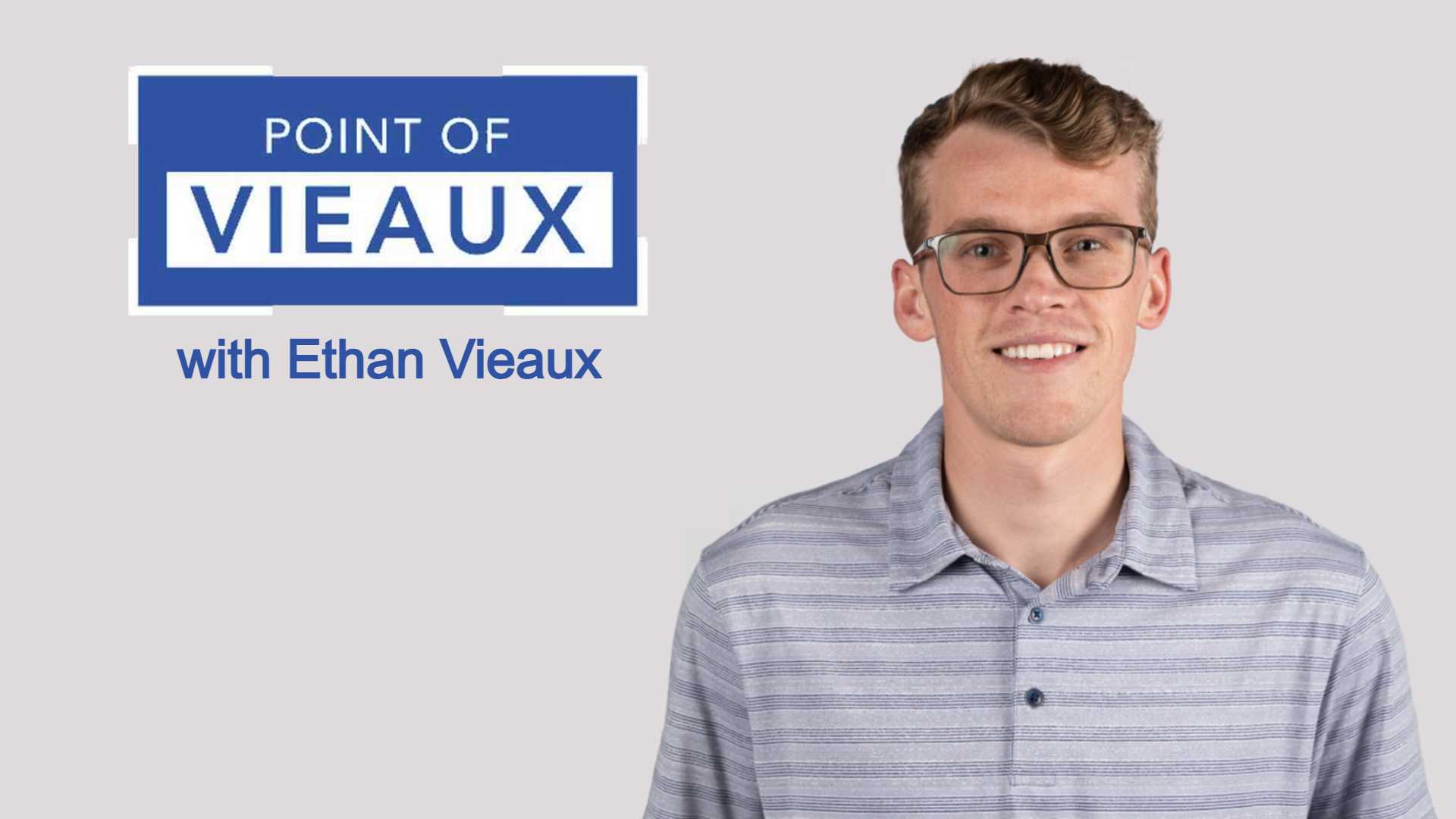
In honor of Black History Month, we’ve examined the racial disparity in homeownership and ways for the fintech, finance, and mortgage industries to improve Black Americans’ homeownership rate.
Homeownership is the primary way that American families accumulate wealth. Yet to attain the American Dream, Black Americans must overcome a disproportionate burden of student loan debt, a lower salary to help pay down the student loan debt, a lack of financial education, and inequality in the mortgage process.
The disproportionate burden of student debt
Student debt is the foremost hurdle facing most first-time homebuyers. It is also the primary reason that delays 76% of consumers from buying their first home. However, the student debt crisis has disproportionately impacted black borrowers and saddled black students with the most debt.
Black Americans borrow money for college at a higher rate than any other group: 86.8% of black students at public four-year colleges borrowed federal loans compared with 65% of Latino students and 65.9% of white students, according to the National Center for Education Statistics.
Black students with bachelor’s degrees owe $7,400 more student debt ($23,400 versus $16,000) on average upon graduation than white graduates, according to Brookings. Differences in interest accrual and graduate school borrowing lead to black graduates holding nearly $53,000 in student loan debt four years after graduation—almost twice as much as their white counterparts.
Black college graduates ages 21 to 24 earn $3.34 less per hour than their white peers, according to MarketWatch, despite holding similar qualifications and experience levels. That $7,000 annual difference negatively impacts their ability to pay down student debt.
Overcoming the hurdles to qualify for a mortgage
Homeownership is often a more financially stable housing option than renting because it allows families to have more predictable housing costs. Yet, most Black families rent their homes, and the homeownership gap between Black and White Americans is growing wider.
The Fair Housing Act was passed in 1968 to open up opportunities for Black Americans to become homeowners by making it illegal to discriminate against any person from buying based on race and other protected classes. It eventually worked, when Black homeownership peaked at 69% in 2004 and 2005. However, numbers dropped following the 2008 housing crisis and haven’t recovered.
In Q3 2020, the percentage of Black Americans owning a home was 46.4%. It is 75.8% for non-Hispanic white alone householders. According to NAREB 2020 State of Housing in Black America, the homeownership rate for Black Americans who graduated from college is only 3.2% higher than that of White high school dropouts.
Lenders deny mortgages for Black applicants at a rate 80% higher than that of White applicants, according to 2020 data from the Home Mortgage Disclosure Act.
Black borrowers who do overcome the hurdles of mortgage qualification often pay higher rates for FHA-backed loans and conventional mortgages. According to the National Association of Real Estate Brokers, Inc. 2020 State of Housing in Black America report, in 2018, 53% of Black mortgage borrowers obtained FHA or VA loans, compared to 23% of White borrowers. Only 5% of the conventional market were loans to Black borrowers, compared to 15% of the FHA/VA market.
Reducing the gap in homeownership
To reduce discrimination and improve the homeownership rate for Black Americans, the Urban Institute made these recommendations in its report, Building Black Homeownership Bridges: A Five-Point Framework for Reducing the Racial Homeownership Gap:
- Improve and expand financial education, housing counseling, and homeownership preparation to renters and younger generations
- Helping Black renters gain access and understanding of homeownership tools at an earlier age
- Explore more options for the use of fintech to advance understanding and access to homeownership
- Encourage savings as money in the bank can alter a borrower’s subsequent probability of default
- Increase visibility and access to down payment assistance and low-down payment lending programs
- Expand small-dollar mortgages for purchase and renovation
- Consider diverse sources of income to qualify for a mortgage
- Strengthen post-purchase counseling
- Tools to monitor real-time home values and home equity
Homeownership can provide the black community with financial wellbeing
Homeownership is the primary way that American families accumulate wealth. Wealth, when defined as the difference between what people own and what they owe, provides immediate financial security and long-term economic mobility. During an economic crisis, such as the current pandemic, families with wealth are more likely to have emergency savings to pay their bills if they’ve had their work hours reduced or experienced a permanent job loss.
According to the 2019 Survey of Consumer Finances, the typical White families’ home value is $230,000, yet the typical Black families’ home value is $150,000. Wealth is often passed from one generation to the next, whether through inherited wealth, financial education, or down payment support. Black families have fewer financial opportunities to give their children because the primary asset that drives wealth is difficult to attain and, once achieved, has a lower value, leaving them with less wealth to distribute.
FinLocker provides all users with the tools and educational resources achieve financial stability through homeownership. Putting a transparent, tech-driven financial solution into all consumers’ hands can help address the racial disparity in homeownership and wealth creation.
Here are some organizations that can provide additional resources:
National Association of Minority Mortgage Bankers of America (NAMMBA) – Supports minorities and women who work in the mortgage industry with education and career development. Currently focused on connecting 50,000 college students to positions within the real estate finance industry. #StudentChallenge.
Cultural Outreach – Focused on helping financial institutions and mortgage lenders connect with young and underserved markets. Here’s their Lender Resources.
LoanSense – Identifies federal loan programs and government subsidies to reduce student loan payments. The savings can help the borrower increase their homebuying budget. LoanSense knows how different loan programs handle student debt, so that they can recommend to the referring loan originator the best loan program for their borrower. Use the LoanSense Purchasing Power Tool to see how reducing student loan payments can increase a consumer’s home budget.



